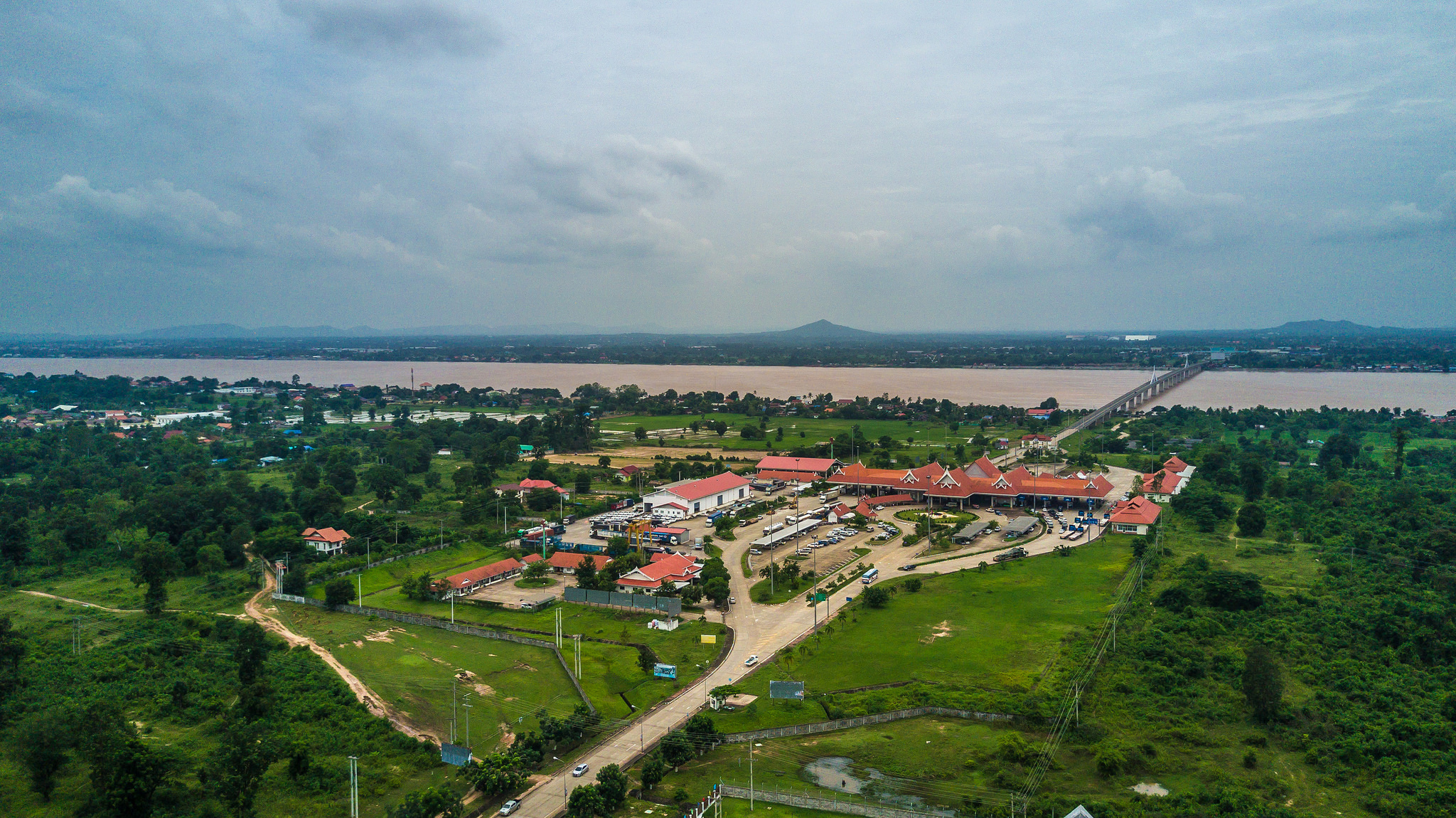Ministers Endorse Plans to Develop New Special Economic Zones in Mekong
KUNMING, PEOPLE’S REPUBLIC OF CHINA (11 June 2015) – Government ministers and senior officials attending the Greater Mekong Subregion Seventh Economic Corridors Forum today agreed on measures to promote the development of economic corridors, facilitate cross-border transport and trade, and enhance cooperation and private sector participation.




